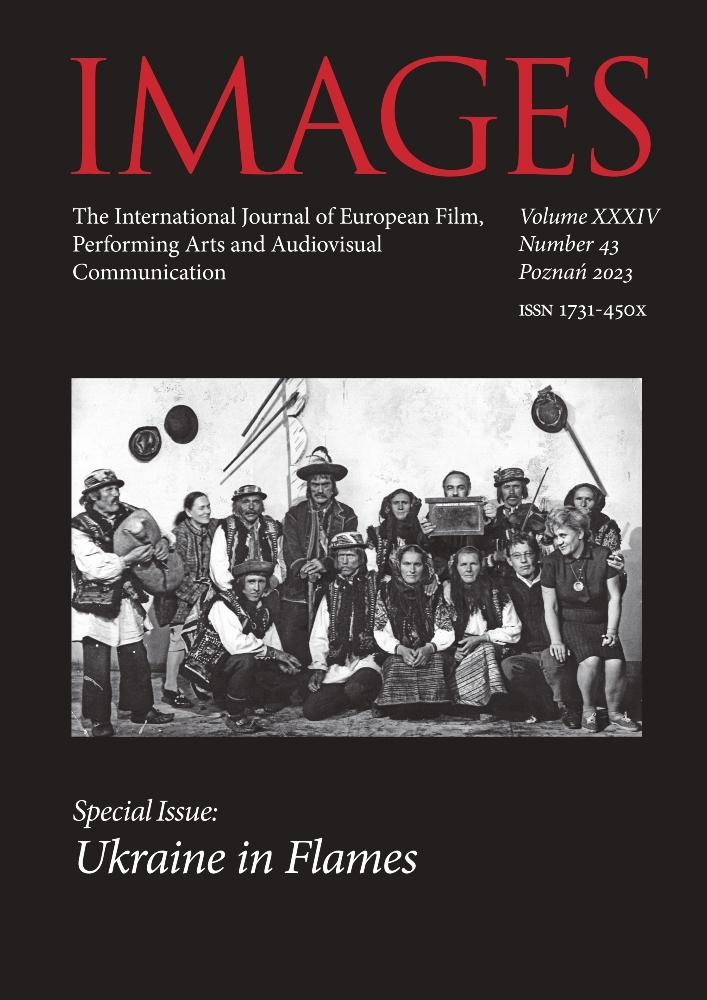Abstrakt
The filmmakers Oleksandr Dovzhenko and Ivan Kavaleridze created bold avant-garde works at the time when Ukrainian cinema was being established, at the end of the 1920s and early 1930s. In effect, the works of these two directors shaped the defining features of Ukrainian cinema. This article discusses the creative methods used by Dovzhenko in his three films Zvenyhora (1927), Arsenal (1929) and Earth (1930), which clearly depict Ukrainian worldviews and mentality. Kavaleridze’s approach is considered in the light of two of his films, Downpour (1929) and Perekop (1930). Already a recognized sculptor at the time, Kavaleridze sought unique forms of expression in film. The approaches these directors took towards framing scenes, montage, lighting and rhythm underpinned the theoretical propositions of their contemporary, Ukrainian film theorist Leonid Skrypnyk. The author suggests that this testifies to a deliberate and comprehensive search for new means of expression in all phases of filmmaking.
Bibliografia
Kapelhorodska N., Synko O., Ivan Kavaleridze. Hrani tvorchosti, Kyiv 1995 Kavaleridze I., Sbornik statej i vospominanij, Kyiv 1988
Nebesio B., The Silent Films of Oleksandr Dovzhenko: A Historical Poetics, Ph.D. thesis, the University of Alberta, 1996
Papazian E.A., Offscreen Dreams and Collective Synthesis in Dovzhenko’s Earth, “The Russian Review” 2003, no. 62(3), pp. 411–428 DOI: https://doi.org/10.1111/1467-9434.00284
Perez G., All in the Foreground: A Study of Dovzhenko‘s “Earth”, “The Hudson Review” 1975, no. 28(1), pp. 68–86 DOI: https://doi.org/10.2307/3850551
Skrypnyk L., Narysy z teorii mystetstva kino, Kharkiv 1928
Zinych S., Kapelhorodska N., Ivan Kavaleridze, Kyiv 1971
Licencja
Prawa autorskie (c) 2023 Larysa Naumova

Utwór dostępny jest na licencji Creative Commons Uznanie autorstwa 4.0 Międzynarodowe.

